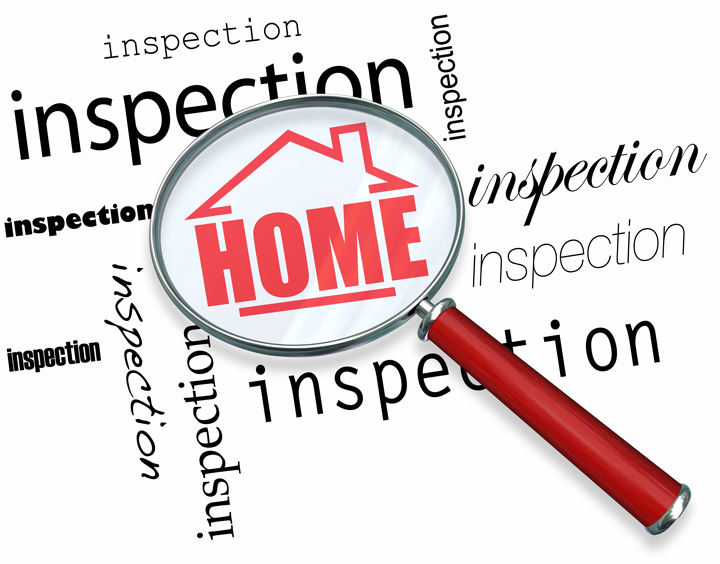
Home Appraisals: A PrimerBuying a home is the biggest investment most of us might ever encounter. Whether it's where you raise your family, a seasonal vacation property or a rental fixer upper, the purchase of real property is a detailed transaction that requires multiple parties to make it all happen. Most people are familiar with the parties taking part in the transaction. The most recognizable person in the exchange is the real estate agent. Then, the mortgage company provides the money necessary to bankroll the deal. The title company sees to it that all requirements of the sale are completed and that the title is clear to transfer to the buyer from the seller. So, who's responsible for making sure the value of the real estate is in line with the purchase price? This is where you meet the appraiser. We provide an unbiased opinion of what a buyer could expect to pay — or a seller receive — for a parcel of real estate, where both buyer and seller are informed parties. A licensed, certified, professional appraiser from Mile High Appraisal Group, LLC dba Pro Appraisal will ensure, you as an interested party, are informed. The inspection is where an appraisal beginsTo determine the true status of the property, it's our duty to first conduct a thorough inspection. We must see aspects of the property first hand, such as the number of bedrooms and bathrooms, the location, and so on, to ensure they truly exist and are in the shape a reasonable person would expect them to be. The inspection often includes a sketch of the property, ensuring the square footage is accurate and conveying the layout of the property. Most importantly, we look for any obvious features - or defects - that would affect the value of the house. Following the inspection, we use two or three approaches to determining the value of the property: a paired sales analysis, a replacement cost calculation, and an income approach when rental properties are prevalent. 
Replacement CostThis is where the appraiser pulls information on local building costs, labor rates and other factors to ascertain how much it would cost to construct a property nearly identical to the one being appraised. This estimate often sets the upper limit on what a property would sell for. The cost approach is also the least used predictor of value. 
Paired Sales AnalysisAppraisers can tell you a lot about the communities in which they work. They thoroughly understand the value of specific features to the residents of that area. Then, the appraiser researches recent transactions in close proximity to the subject and finds properties which are 'comparable' to the real estate at hand. Using knowledge of the value of certain items such as fireplaces, room layout, appliance upgrades, additional bathrooms or bedrooms, or quality of construction, we add or subtract from each comparable's sales price so that they more accurately portray the features of subject.
A valid estimate of what the subject could sell for can only be determined once all differences between the comps and the subject have been evaluated. At Mile High Appraisal Group, LLC dba Pro Appraisal, we are experts in knowing the value of real estate features in Greenwood Village and Arapahoe County neighborhoods. The sales comparison approach to value is usually awarded the most weight when an appraisal is for a real estate sale. Valuation Using the Income ApproachIn the case of income producing properties - rental houses for example - the appraiser may use an additional way of valuing real estate. In this scenario, the amount of revenue the property generates is factored in with income produced by neighboring properties to derive the current value. Coming Up With The Final ValueAnalyzing the data from all applicable approaches, the appraiser is then ready to put down an estimated market value for the property in question. The estimate of value on the appraisal report is not necessarily what's being paid for the property even though it is likely the best indication of what a property is worth. Depending on the individual circumstances of the buyer or seller, their level of urgency or a buyer's desire for that exact property, the closing price of a home can always be driven up or down.Regardless, the appraised value is typically employed as a guideline for lenders who don't want to loan a buyer more money than the property is actually worth. Here's what it all boils down to, an appraiser from Mile High Appraisal Group, LLC dba Pro Appraisal will guarantee you get the most accurate property value, so you can make the most informed real estate decisions. |